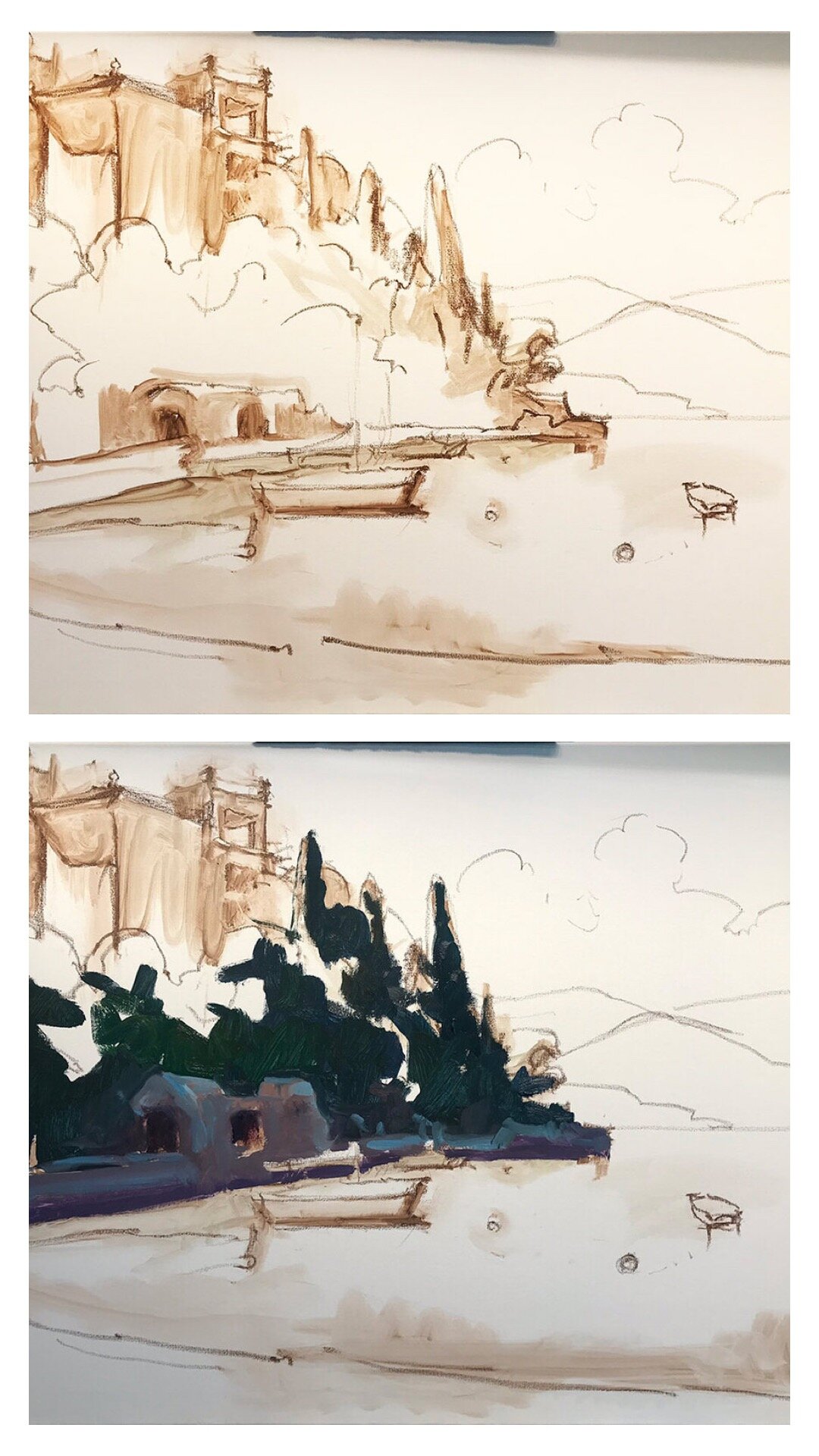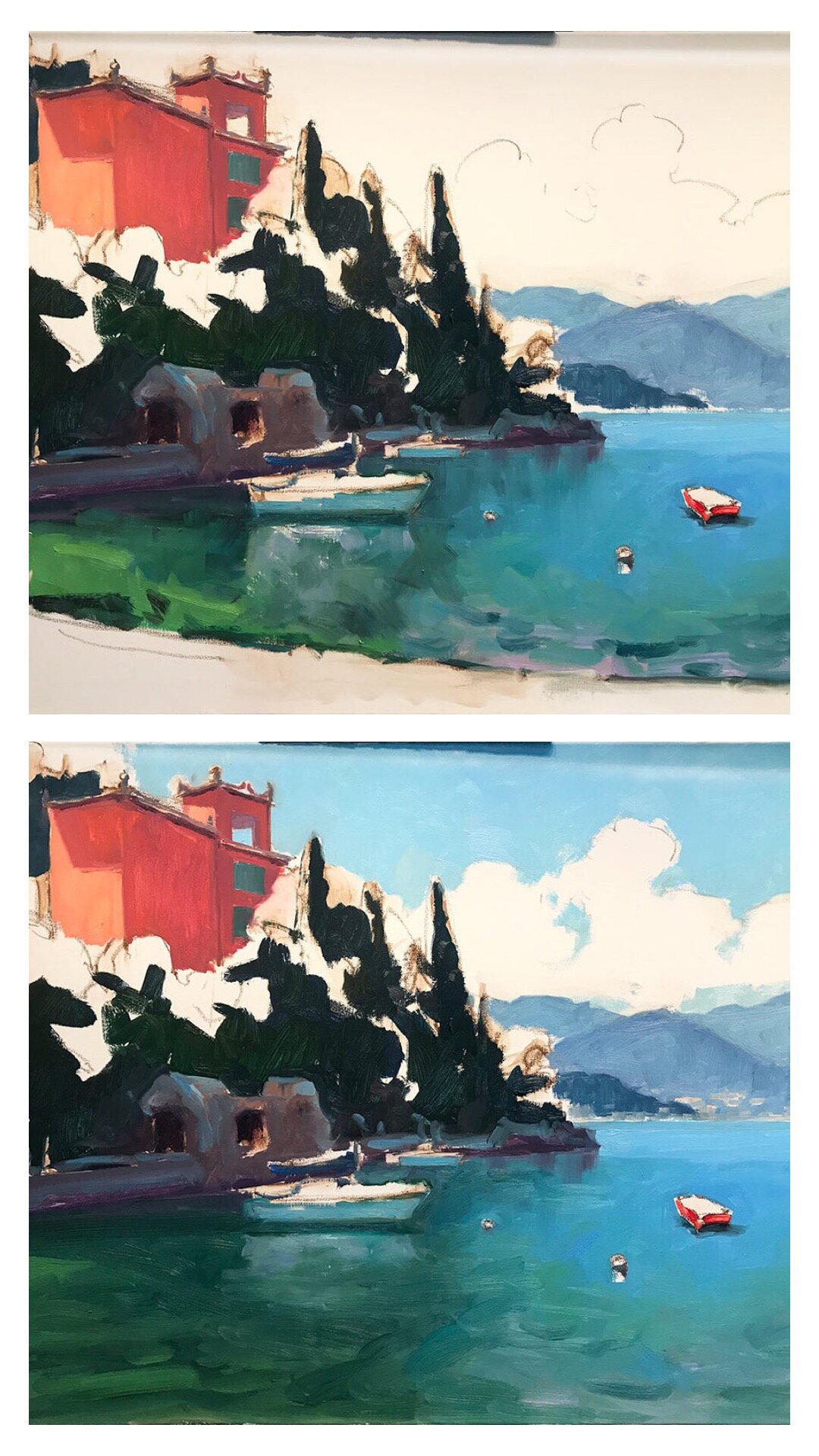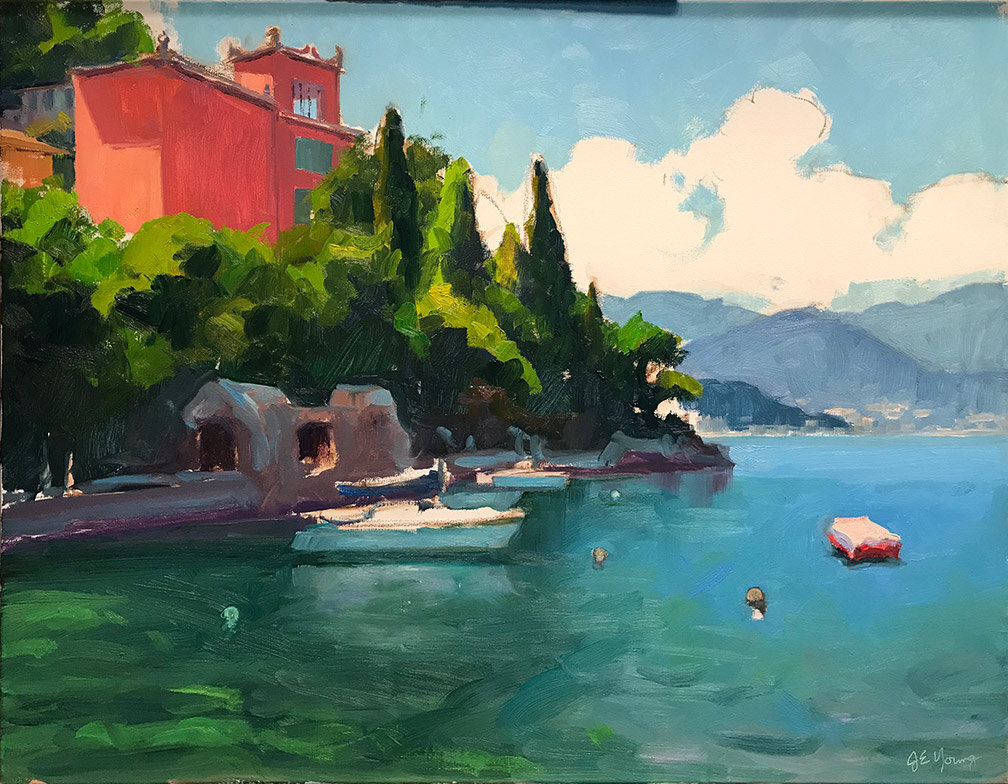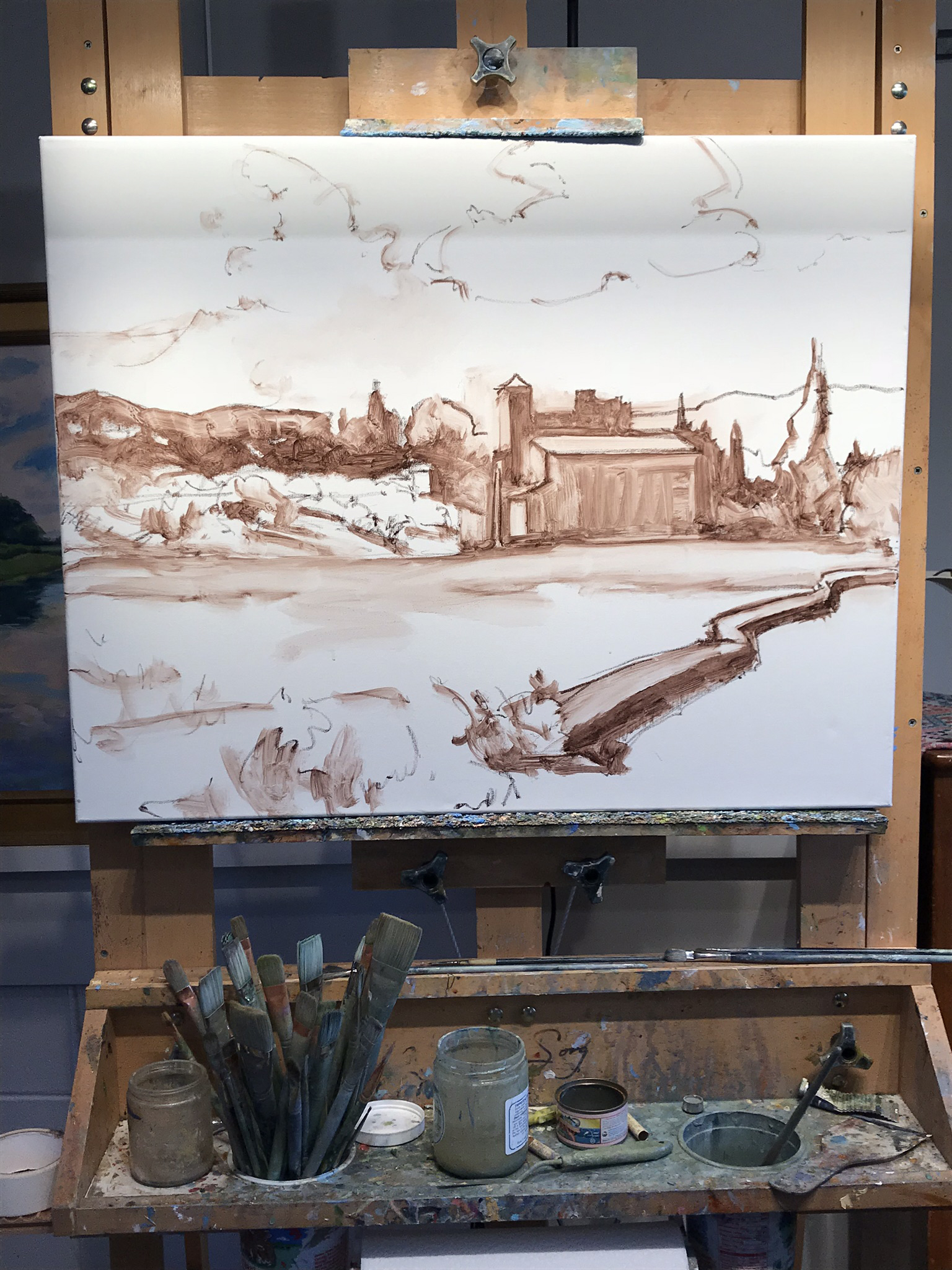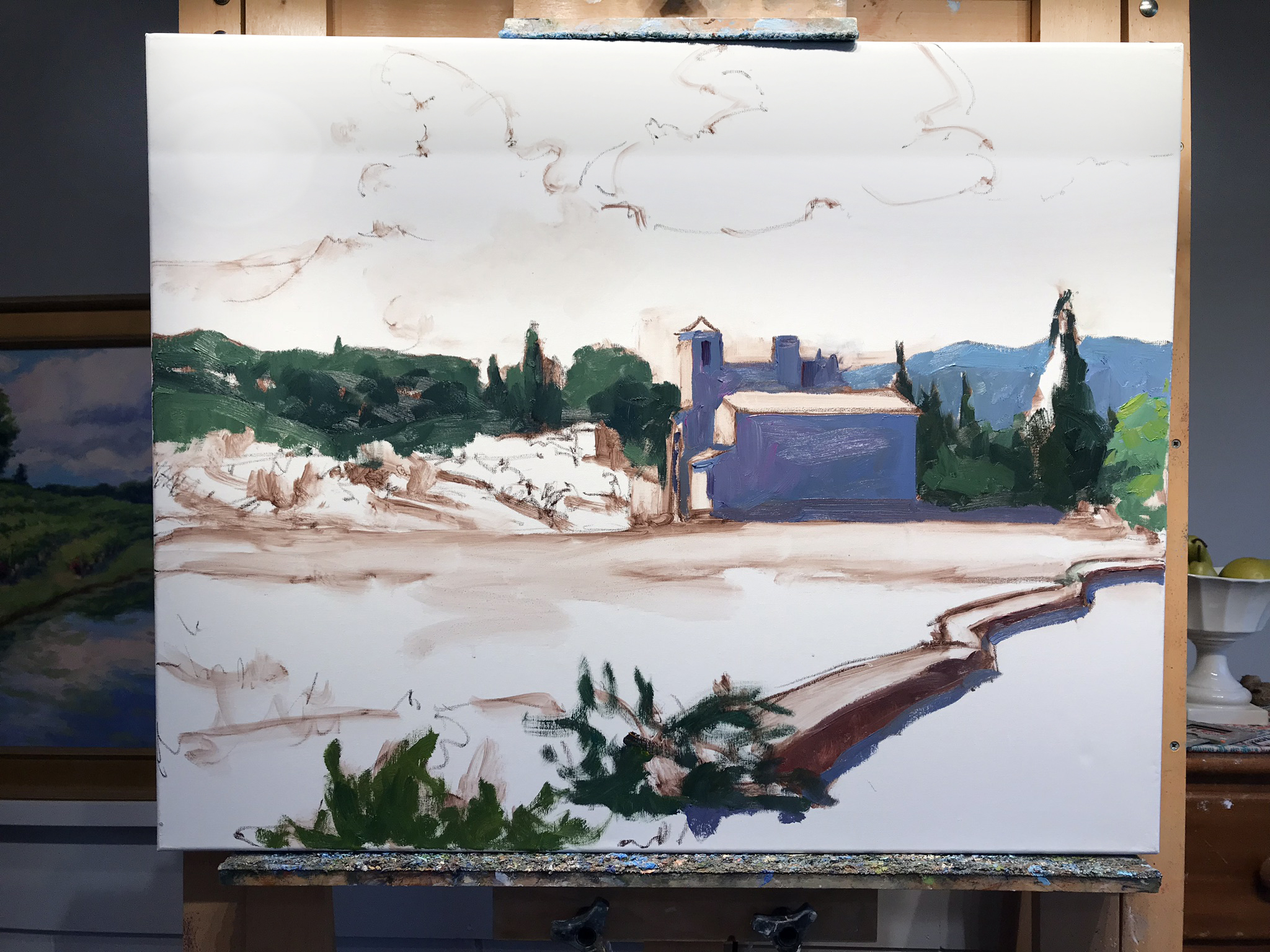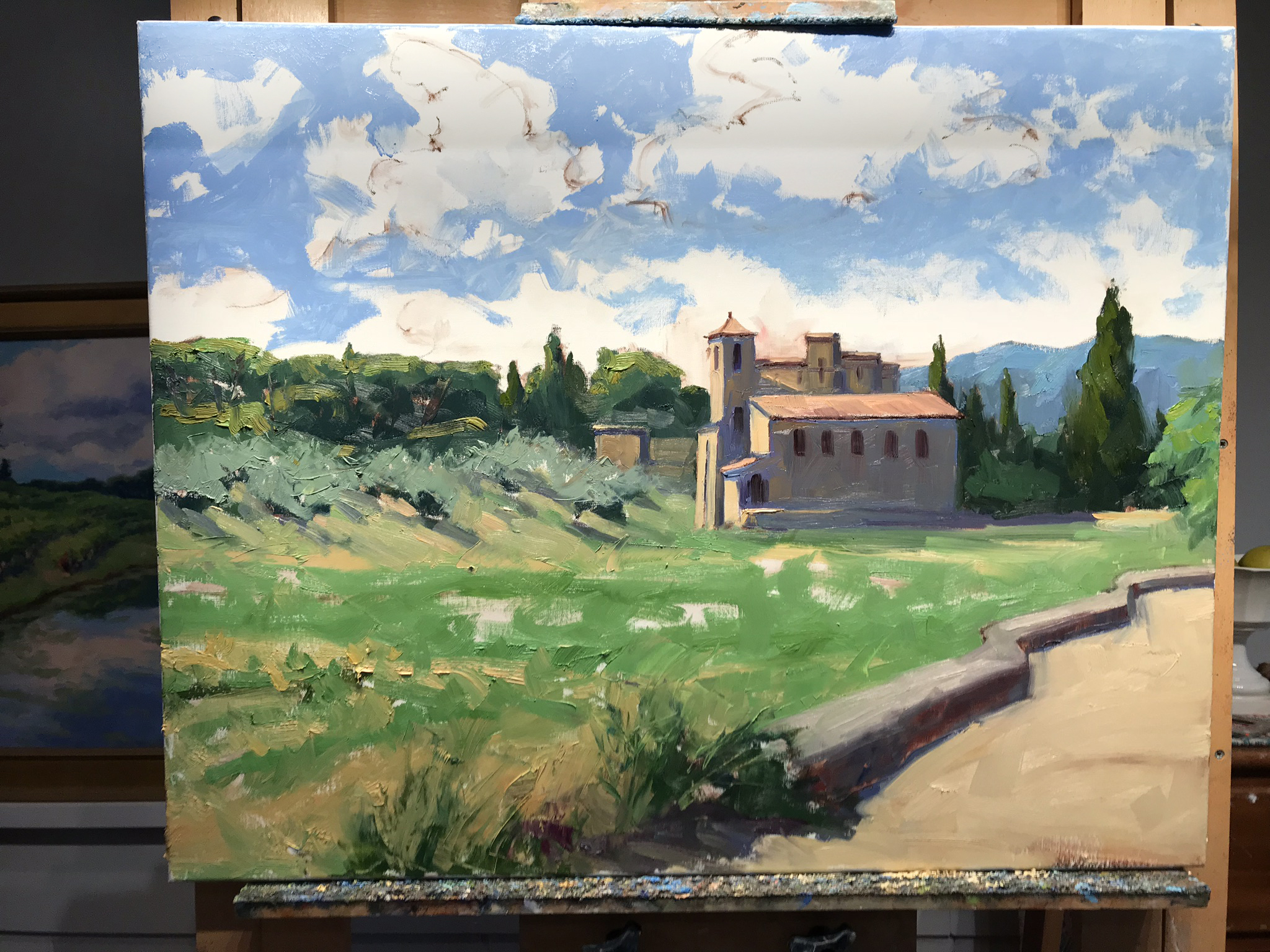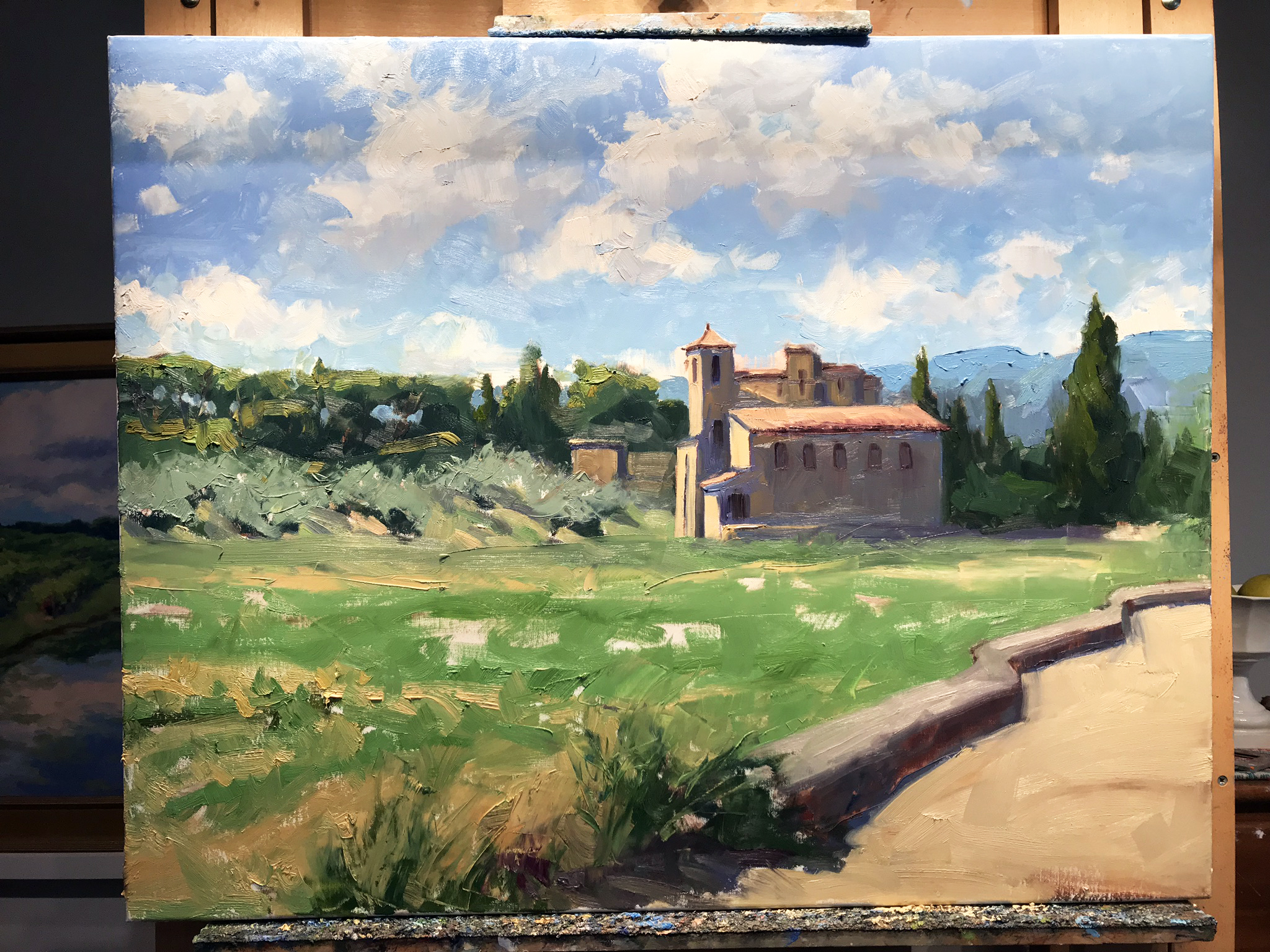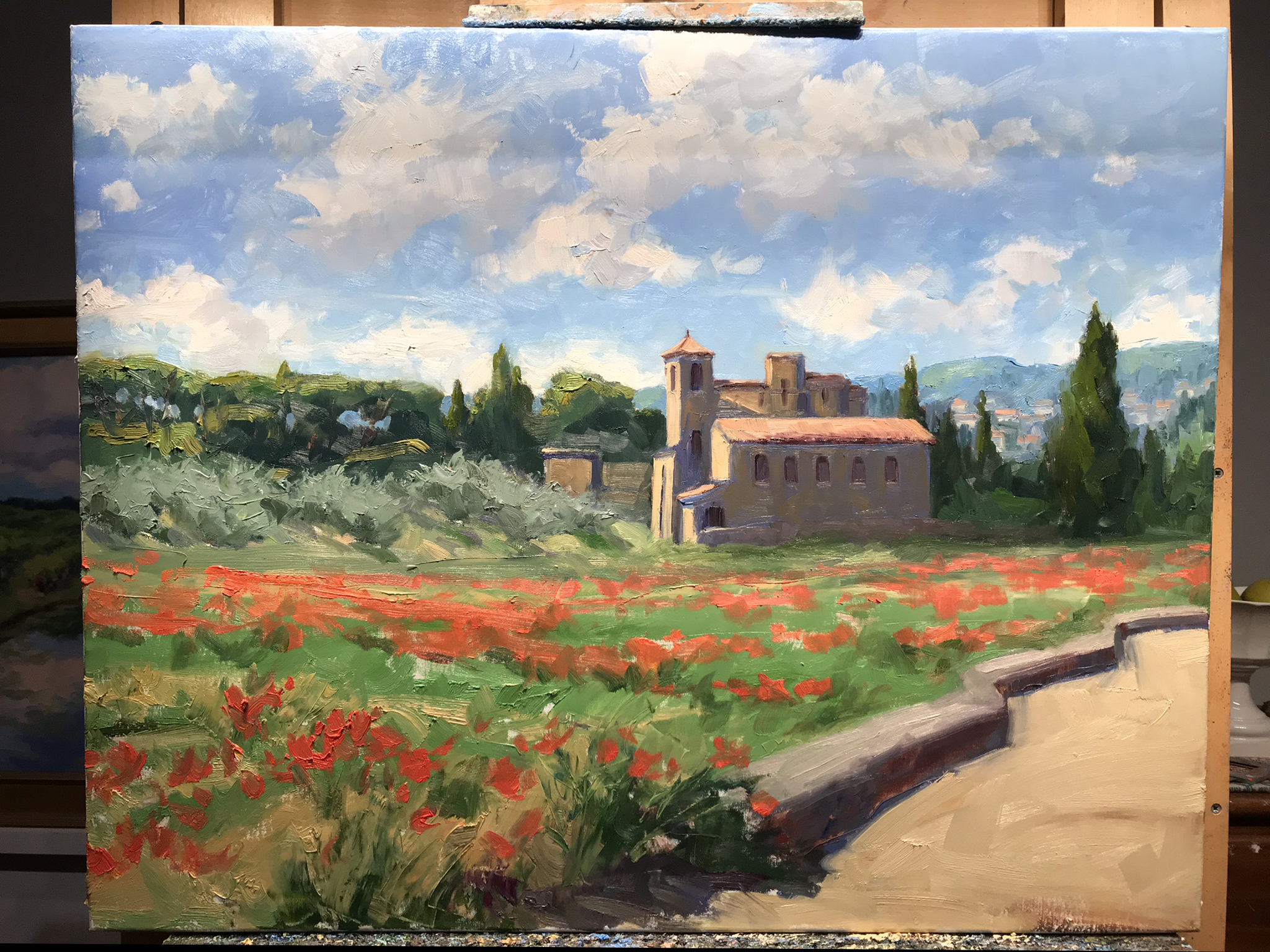On gouache
/It's been a very long while, but I have decided to give the old blog a go again, even though I am not entirely sure that many people even read blogs any more. I guess I am about to find out!😅
To get the ball rolling, I thought I would revisit some thoughts on gouache. While I love my oils, sometimes I feel like the preparation, heft, and cleanup of carting out my oil painting gear can actually be a deterrent to regular plein air practice. I started playing with gouache some time ago as a way to develop a simpler, more lightweight plein air painting kit that is easier to set up and clean up.
Gouache is basically an opaque watercolor, that can be applied using a direct painting approach similar to the way I paint in oils (dark to light, "thin" to "thick", etc.) It can be applied in thin washes or opaque strokes, though it really doesn't allow for heavy impasto techniques due to its tendency to crack or chip at very thick consistencies. Even so, it has a lovely velvety appearance that, unless varnished, can be reactivated with water for additional painting or adjustments. It is easy to clean up afterwards and lends itself to small formats for studies and low-stress experimentation.
One thing that I have had to adjust to is that there is a color shift as the paints dry that requires a certain amount of regular practice to be able to intutively anticipate. Specifically, light colors appear darker as they dry and dark colors tend to dry a bit duller and lighter.
The other big adjustment is the rapid dry time, which is both an advantage and a handicap for a painter used to the long open times with oil paints. Regular application of water using a spray bottle to re-wet the palette while working helps with this, but it can still be a struggle for me when painting outside in the open air, especially at locations like the beach, where the rapid dry time is intensified by the heat and ocean breeze. As with any skill, practice is key.
Here is a little video my teen daughter put together for me of me finishing up a gouache still life, painted from the convenience of my back porch. I hope to do some longer videos in the future, especially if I can wrangle the kid's help again.
Adding some highlights, “Begonia on the Sill,” Gouache on Illustration board, 6x6”



